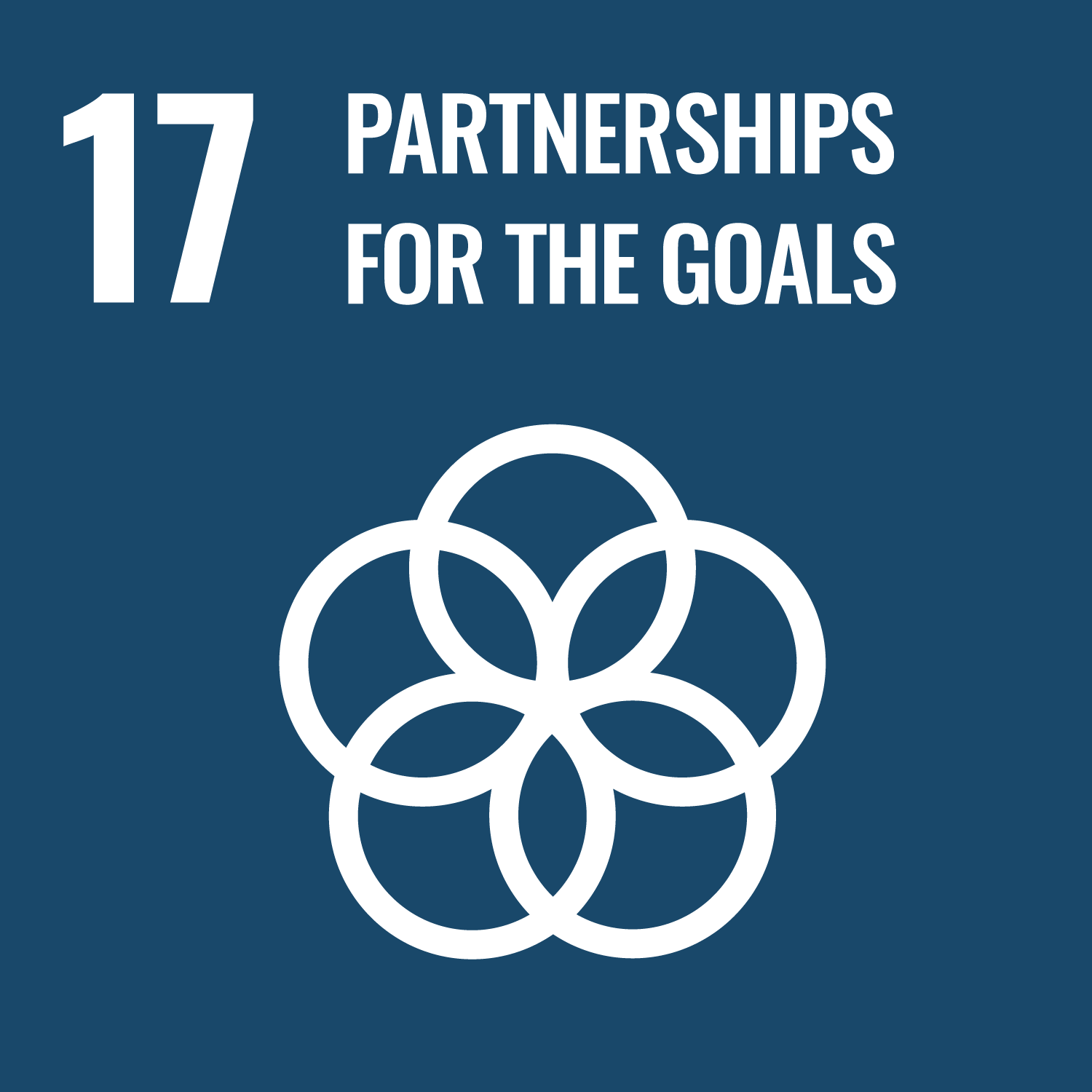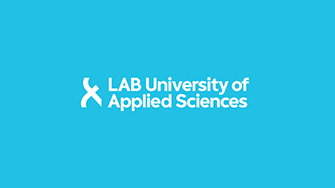BIM-Integration in Higher and Continuing Education
Building Information Model (BIM) has been taken into wide use especially in building design. There are companies that implement BIM also in building process management (timetables, purchases, work planning). Compared to so-called traditional design and management tools, BIM enables different parties to work with a common platform, real-time and with accurate and up-to-hour details and technical information. 3D-dimensions visually offer a quick way to pick up problems and overlaps in designs, and bottlenecks in the production. However, to be able to work with the model, traditional ways on the design and management don’t apply. There are new problems to be solved, such as lack of common terminology and development phase of standardization; need for new processes; lack of technical know-how and lack of competence in process development within the construction industry.
Project period
-
Project state
Finished
Project area
International
Project funding
South-East Finland-Russia CBC
Read more about the project
LAB role
Lead partner
Unit
Technology
Project focus area
Multipurpose materials


